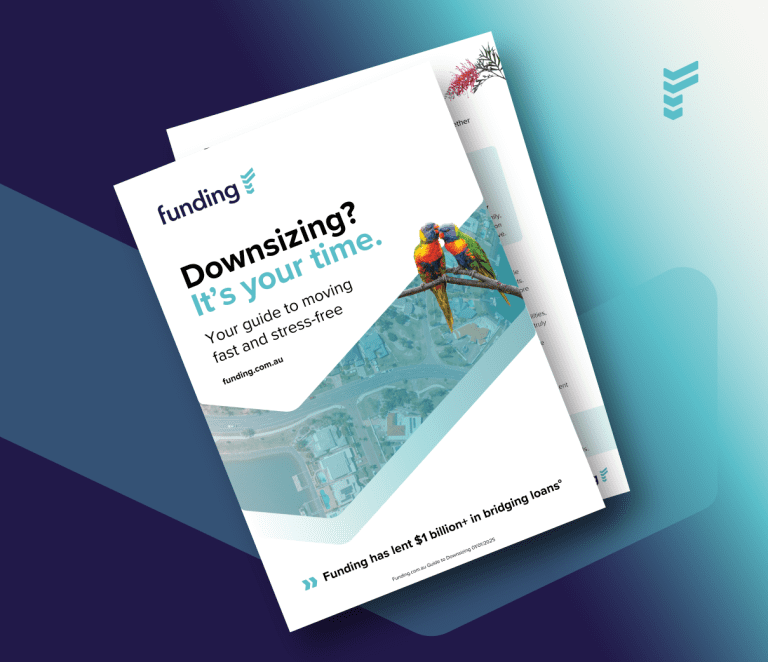Foreclosure is a legal process in which a lender attempts to recover the balance of a loan from a borrower who has stopped making payments by forcing the sale of the asset used as collateral for the loan. In the context of real estate, foreclosure typically involves the lender seizing and selling the property securing the mortgage to recoup the unpaid loan amount. The process varies by jurisdiction but generally includes a series of steps from the initial notice of default to the final sale of the property.
Importance of understanding foreclosure
Risk management
Understanding foreclosure is crucial for both borrowers and lenders as it impacts the financial risks associated with lending and borrowing. Borrowers need to be aware of the consequences of defaulting on a loan, while lenders must manage the risks associated with non-performing loans.
Legal implications
Foreclosure involves complex legal procedures that protect the rights of both borrowers and lenders. Understanding these procedures helps ensure compliance with legal requirements and the fair treatment of all parties involved.
Financial planning
For borrowers, knowing the foreclosure process can aid in financial planning and help avoid potential pitfalls that lead to default. For lenders, understanding foreclosure helps in devising strategies to mitigate losses from non-performing loans.
Impact on credit
Foreclosure can significantly impact a borrower’s credit rating, affecting their ability to secure future loans. Awareness of the foreclosure process can motivate borrowers to seek alternatives and avoid foreclosure.
Key components of foreclosure
Notice of default
The foreclosure process typically begins with a notice of default issued by the lender. This notice informs the borrower that they have defaulted on their loan payments and outlines the amount owed and the deadline to rectify the default.
Redemption period
Some jurisdictions provide a redemption period during which the borrower can pay off the default amount and reinstate the loan to avoid foreclosure. This period varies by location and the terms of the loan agreement.
Foreclosure auction
If the borrower fails to cure the default within the specified time frame, the property is usually sold at a public auction. The auction is typically conducted by the lender or a trustee appointed by the lender.
Deficiency judgment
If the proceeds from the foreclosure sale are insufficient to cover the outstanding loan balance, the lender may seek a deficiency judgment against the borrower for the remaining amount. However, this practice varies by jurisdiction and specific loan agreements.
Eviction
Following the foreclosure sale, the new owner (often the lender or a third-party buyer) may need to evict any occupants remaining in the property. This process must comply with local laws and regulations regarding tenant rights and eviction procedures.
Applications of foreclosure
Residential properties
Foreclosure is most commonly associated with residential properties, where homeowners default on their mortgage payments, leading to the lender initiating the foreclosure process.
Commercial properties
Foreclosure also applies to commercial properties when businesses default on loans secured by commercial real estate. This can impact the business’s operations and financial stability.
Investment properties
Investors who finance rental properties or other real estate investments with loans can face foreclosure if they default on their loan payments. This can result in the loss of investment properties and associated rental income.
Real estate market impact
Foreclosure activity can influence local real estate markets by increasing the supply of available properties, often at lower prices. This can affect property values and market dynamics in the area.
Foreclosure in action
Consider a homeowner in Melbourne who has defaulted on their mortgage payments due to financial hardship. The lender issues a notice of default, providing the homeowner with a deadline to pay the overdue amount. Failing to do so, the lender initiates the foreclosure process, and the property is scheduled for a public auction. Key steps in the foreclosure process include:
- Notice of default: The lender notifies the homeowner of the default and the amount owed.
- Redemption period: The homeowner has a specified period to pay the overdue amount and avoid foreclosure.
- Foreclosure auction: The property is sold at a public auction if the default is not cured.
- Deficiency judgment: If the sale proceeds do not cover the loan balance, the lender may seek a deficiency judgment.
- Eviction: The new owner may need to evict any remaining occupants following the sale.
Get started
Foreclosure is a complex legal process that allows lenders to recover funds from non-performing loans by selling the collateral property. Understanding the components, benefits, and risks of foreclosure is essential for both borrowers and lenders. While foreclosure provides a mechanism for lenders to mitigate losses, it has significant financial and emotional consequences for borrowers. By being aware of the foreclosure process, borrowers can seek alternatives and avoid its detrimental impacts, while lenders can effectively manage their risks and recover funds from defaulted loans.
Learn more
For more information on foreclosure and its implications, visit the Australian Securities and Investments Commission (ASIC) website.

